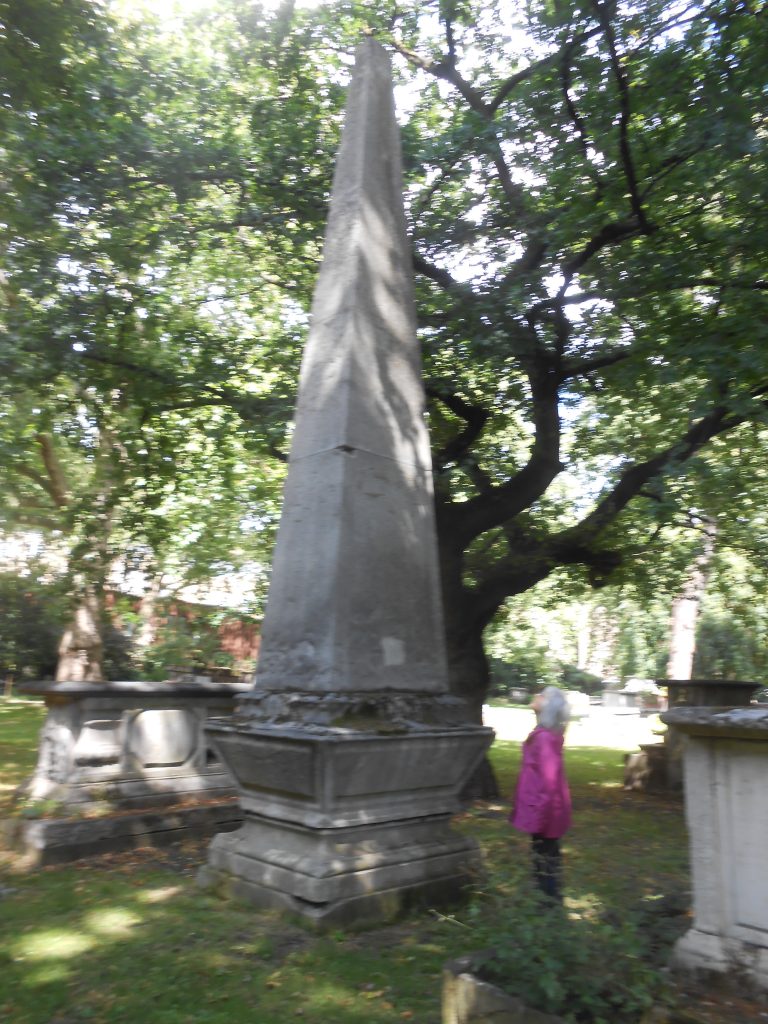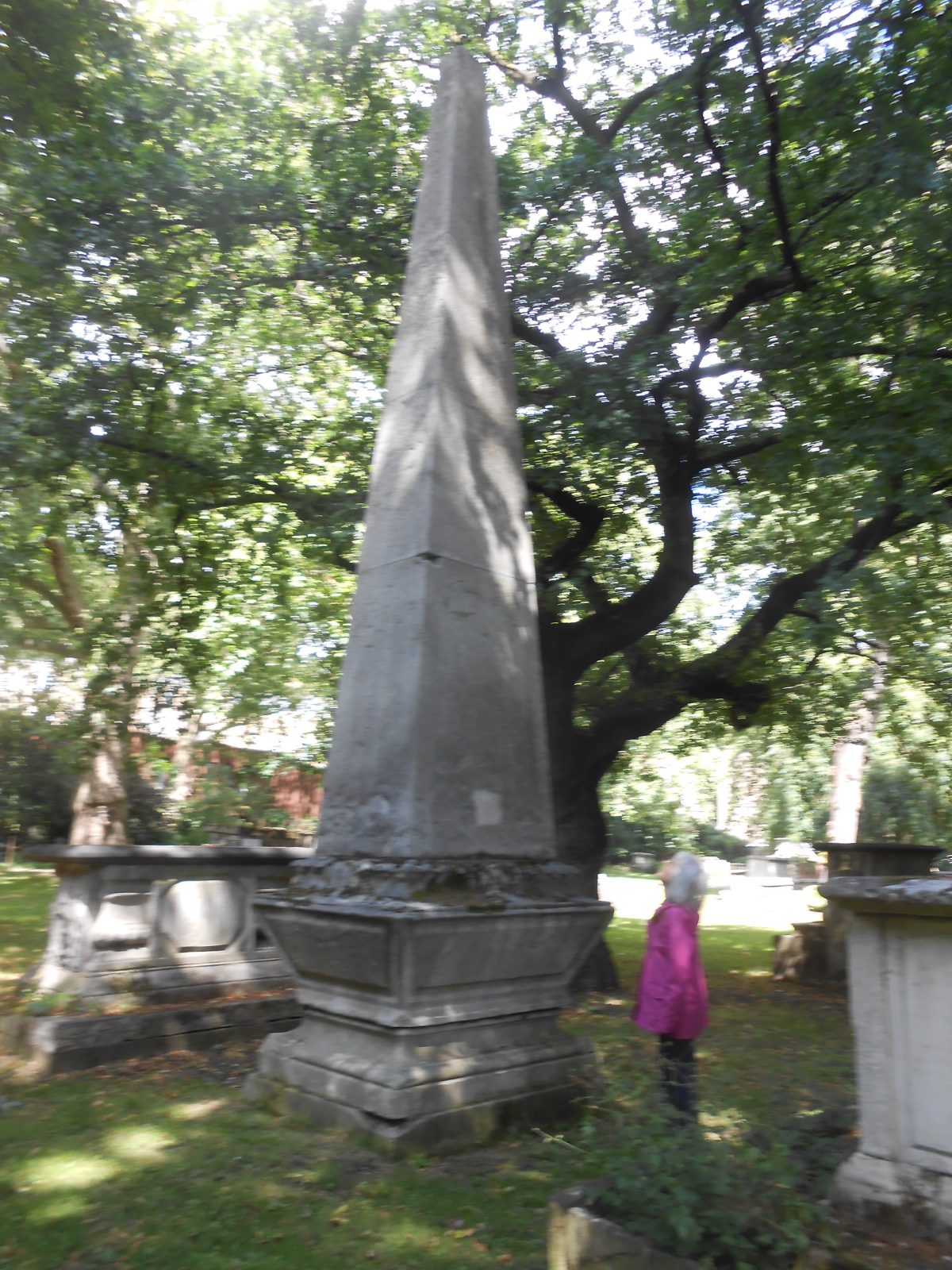OLIVE BALDWIN & THELMA WILSON
It was words that were later set to her hornpipe tune that led to Nancy Dawson’s posthumous reputation. In the eighteenth-century it became a popular and innocuous ballad tune, used for numerous new sets of words, satirical, political, amorous, Masonic and commercial, as well as for airs in musical pieces for the theatre. The tune also became popular among sailors, being used in the navy to call the men for their ration of grog (7), and was used for shanties, some of course indecent. The tune was also used for the bawdy song ‘Nancy Dawson was a whore’ in which Nancy entertains sailors of every age and rank from a midshipman to the commodore. We have been unable to trace this song in print before its appearance in Nancy Dawson’s Cabinet of Choice Songs [1842?], where it is headed ‘a very celebrated and out-and-out ditty, not to be had in any other collection’ (8). (No other song in the book has anything to do with Nancy Dawson.) Several of the correspondents to Notes and Queries in the nineteenth century appear to have been familiar with this song. For instance, in April 1876, J. Standish Haly remembered it ‘being sung with “rapturous applause” when he was a boy at the Royal Naval College, and he added ‘The Memoirs of Miss N— D— must refer to some one else’. Between 1866 and 1958, various writers to Notes and Queries believed that the first eight lines of the indecent song were engraved on her tombstone, before being obliterated or hidden by a later rector. Surprisingly, Nancy Dawson’s supposed tombstone continues to affect her reputation, for the final sentence of her current Oxford Dictionary of National Biography entry states: ‘The size and prominence of her tombstone have prompted speculation about liaisons in her later years’. This statement is taken from the Biographical Dictionary of Actors, for in 1966 one of the editors visited the site of her burial, now St George’s Gardens, and was spun a yarn by the ground keeper that the largest monument in the garden, a six metres high obelisk, was her memorial (9). The enormous obelisk in fact dates from 1729, two years after she was born (10).

The obelisk wrongly associated with Nancy Dawson. Photo: Wilson.
It is ironic that Nancy Dawson would not have a modern reputation, good or bad, were it not for writings about her long after her death. Her undoubted skill as a hornpipe dancer would merit only limited coverage in modern reference books, her entry in the Biographical Dictionary of Actors would be shorter and she would almost certainly not have been allocated an entry in the Oxford Dictionary of National Biography.
Notes
7) Dear, I. C. B., and Peter Kemp, The Oxford Companion to Ships and the Sea (Oxford: Oxford University Press, 2005), 376.
8) Nancy Dawson’s Cabinet of Choice Songs, being a collection of some of the most superlative, amatory, flash, luxurious, and dainty ditties, ever before printed (London: W. West, [1842?]). In the British Library catalogue, the author of the collection (C.116.a.45) is given as Nancy Dawson!
9) Burnim, Kalman A. ‘Nancy Dawson’s tombstone’, Restoration and Eighteenth-Century Theatre Research, First series, 5.1 (1966), 59.
10) She was almost certainly born in Axminster, Devon, where Ann, daughter of William Newton, was baptized on 27 January 1727. See: Chapman, Geoffrey, A History of Axminster to 1910 (Honiton: Marwood, 1998), 135-6.
Next post
24th September, Mademoiselle Parisot Part 1
